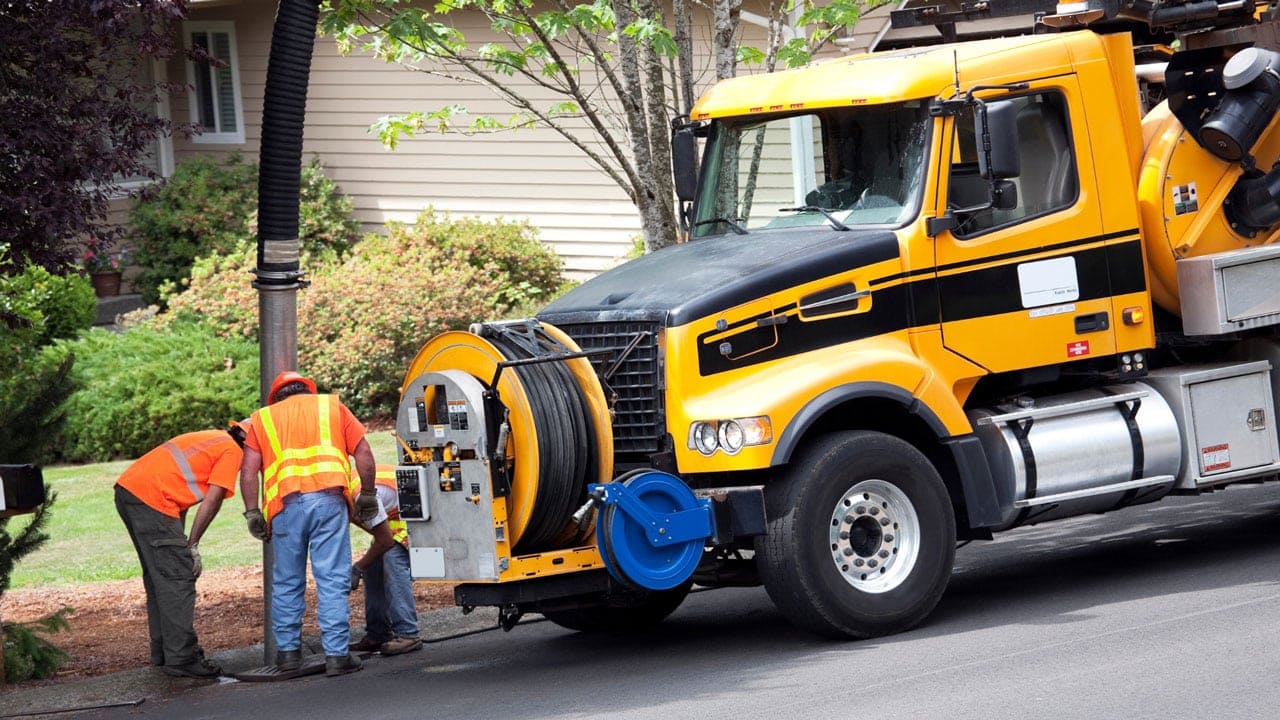It is common knowledge that utility locating keeps workers as well as residents safe. Additionally, it contributes to on-time and on-budget project completion. It’s important to keep in mind that this service can be used for much more than damage prevention, however.
Utility locating contributes to the efficiency of construction sites, the safety of communities, and the operational efficiency of utilities. In order to effectively locate materials, utilities, diggers, and 811 operators must cooperate.
Utility Locating: How Does It Work?
Utility locating involves creating a detailed map of what’s going on under the surface using high-tech equipment, also known as underground utility mapping or utility detection. A utility locator verifies existing infrastructure and manages excavation practices safely, rather than risking damage to underground pipes and cables.
The ability to map and account for utilities before opening the ground is vital when using hydro excavation and other soft digging equipment. Location services using electromagnetic field technology are among the most popular today, since this technology generates, sends, and receives electromagnetic radio frequencies through the earth.
By converting signal strength into depth, modern locators can also measure depth. Signals from other sources can, however, cause distortion, resulting in errors in in-depth measurements.
What Are the Uses of Utility Locating?
Residential, commercial, and civil utilities can be mapped with underground utility mapping technology. Private builders and government organizations involved in infrastructure projects use this technology regularly, although it can be prohibitively expensive for small residential jobs.
Locators reduce the risk of damaging underground pipes and other services by preventing them from being hit and broken. To reduce the risk of exposure to dangerous electric wires and waste-water pipes, pipe locator technology is also an important part of health and safety.
Using advanced technology and training, private utility locators are capable of producing more detailed deliverables, such as digital maps, thereby reducing the possibility of mistakes and costly delays. Construction delays, buried line damage, and injuries are more likely to occur when locators miss buried lines or surface markers due to limited technology or training.
When Should You Call a Utility Locator?
Any project that involves digging deeper than 16 inches into the ground requires the assistance of a licensed utility locator. Calling the national service line is generally sufficient for simple residential projects. However, companies that perform utility location services can be contacted for larger commercial or municipal projects.
To locate underground gas lines, electrical lines, water pipes, and more, a utility locator uses certain technologies, such as EMR and EMI. For your project to run smoothly, this is an absolute necessity. In order to avoid liability and safety risks, it is imperative to conduct a new assessment of underground utilities.
This process can take a few hours to several days, depending on the size of the property, to be scanned. You will reduce your liability risk if your crew is injured or an accident occurs when utilities are marked before you begin work.
Looking for experienced surveyors to assist with your large-scale commercial project? With advanced technology and in-depth utility locating training, Util-Locate delivers high-quality, accurate field data through a large pool of utility services locating experts to its customers.
Util-Locate is ready to provide safety and expertise for your utility mapping project if you’re looking for a reputable and experienced utility mapping company. For more information about concrete scanning at Util-Locate, feel free to contact us at 888-885-6228.

